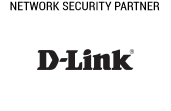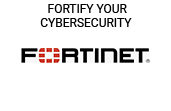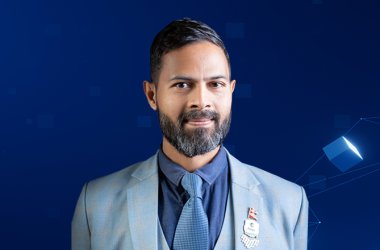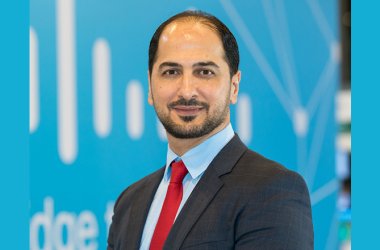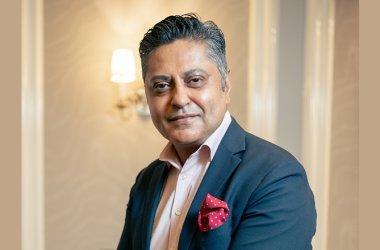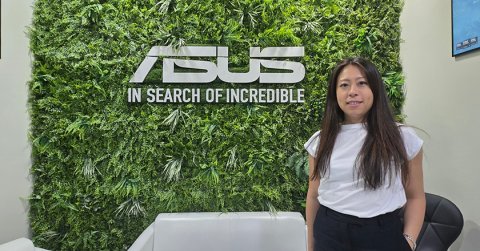
Speaking to Tahawul Tech, Silvia Kuo, Business Development Director at ASUS, explained that the company’s AIoT (Artificial Intelligence and IoT) department is focused on building complete, end-to-end solutions in partnership with software developers, sensor makers, and other ecosystem players.
ASUS is putting the spotlight on the power of collaboration through its AIoT Partner Alliance Program at GITEX this year. The company is highlighting how integrated hardware and software ecosystems can accelerate innovation across industries.
“Because we are hardware providers, we generally want to go into different verticals and industries with a complete solution”, Kuo said. “To achieve that, we partner with independent software vendors, sensor manufacturers, and others who can help us build an end-to-end ecosystem”.
This year, ASUS showcased three live demonstrations developed in collaboration with partners. The first was a building management system called Niagara 4 by Tridium, that uses Asus IoT edge computers to control and monitor multiple buildings simultaneously through a central software platform.
The second was a fleet management system developed by Geotab, a renowned solution provider in the industry, with a significant presence in North America and Europe. ASUS provides the computing backbone for this solution, which integrates AI to support applications such as people counting, vehicle detection, and forensic analysis for insurance disputes in public transport.
The third showcase featured NAVYA, a software company specialising in autonomous driving. The company’s vehicles operate in controlled environments, such as airports, factories, and campuses, as well as on public roads in Japan. “The country has already implemented autonomous buses that connect rural areas to cities, offering affordable and safe mobility options for elderly residents. It’s a great example of how technology can bridge accessibility gaps”, she added.
ASUS’ AIoT lineup spans a wide range of edge computing products. “We have different product categories for Edge AI”, Kuo said. “At the lower end, there’s the Tinker Board for simple analytics, such as retail applications. Moving up, our Jetson NVIDIA-based platforms connect multiple cameras and run advanced analytics locally at the edge without needing to connect to the cloud”.
She added that higher-end devices are capable of training and inference tasks for complex use cases like autonomous driving. “We also provide OT servers for industrial and government clients who want their data on-premises rather than in the cloud”, she said.
Manufacturing remains one of ASUS’ strongest verticals. “It’s the first industry we started working with because of our background as a hardware maker”, Kuo explained. “We have a dedicated AI division within the ASUS AIoT business group that develops algorithms for different manufacturing needs”.
Among its innovations is AISVision, a solution that uses computer vision to identify defective products on production lines. “You can train the system to recognise good and failed products and fine-tune it to any level of accuracy”, Kuo said. ASUS has also introduced predictive maintenance tools using acoustic sensors to detect machinery faults before they disrupt operations.
“These kinds of solutions allow us to support manufacturers both on the hardware and AI software side”, she added. “Many top-tier companies, including automotive manufacturers, approach us to help digitalise parts of their production process, and that’s where our partner ecosystem comes into play”.
Kuo emphasised that ASUS goes beyond providing hardware — it acts as an orchestrator for complete solutions. “We take a top-down approach”, she said. “We understand customer pain points, identify the right system integrators and software providers, and then bring in our hardware to complete the solution.”
Through this ecosystem model, ASUS ensures customers receive localised, first-tier support from system integrators and access to cutting-edge AI tools through its software partners. “Our goal is to enable digitalisation and empower our partners to succeed”, she added.
Kuo also highlighted ASUS’s growing involvement in smart city initiatives across the Middle East. “This region is very open to experimenting with new solutions”, she said. “It’s encouraging because we can test new technologies and partnerships here”.
However, she stressed that local collaboration is needed to scale such solutions. She noted: “The key is connecting with the right partners and those who understand the ecosystem and have access to government and enterprise projects. We’re always open to welcoming such partners into our alliance program”.
Kuo said that for ASUS, success in AIoT depends on ecosystem synergy and bringing the right partners, solutions, and technologies together to meet evolving needs.
“Our strength lies in collaboration. We aim to deliver practical, scalable solutions by combining our hardware expertise to drive industries forward”, she concluded.
Image Credit: ASUS
